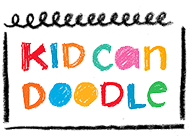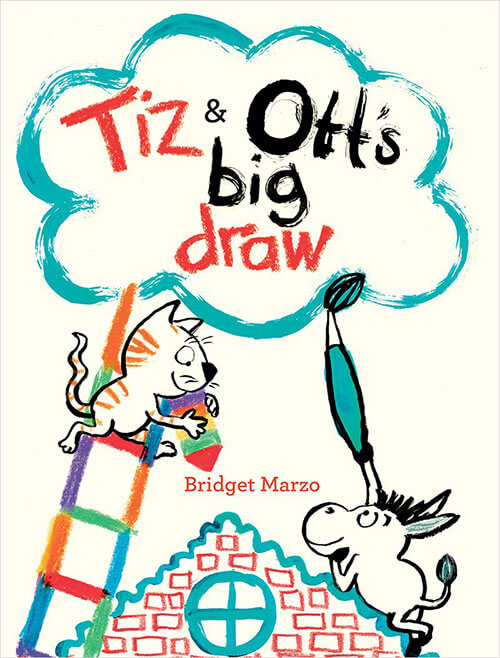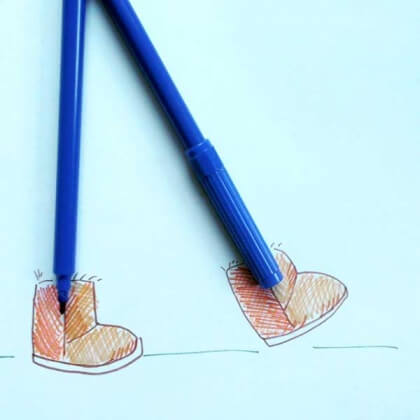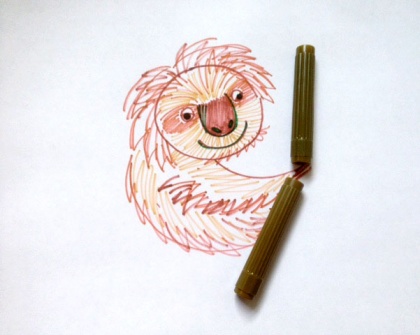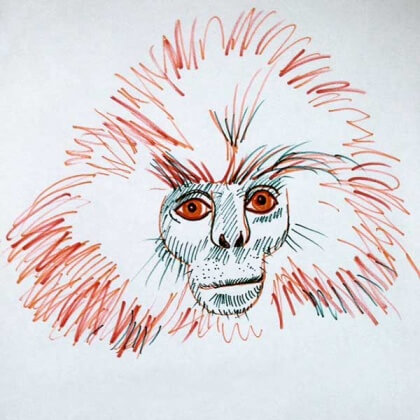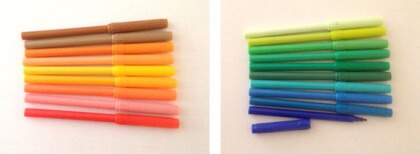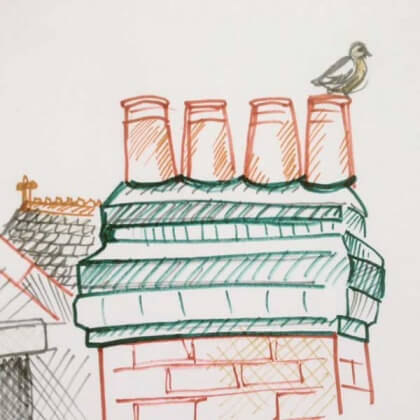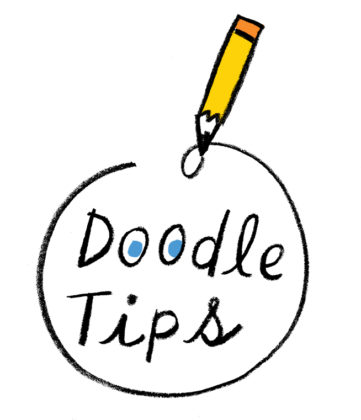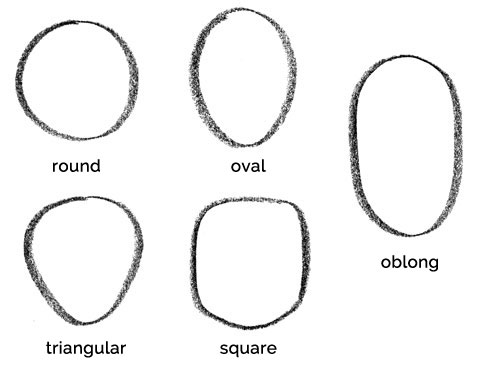In theory, you just need pencil and paper to draw, and if you only have copier paper and a No. 2 (HB) pencil, they will suffice, but there are better options available.
Below are some suggestions to expand your drawing kit. I encourage you to try as many as you can to see which ones you feel most comfortable using. Each will give you different results as well, so have a play with that too.

Pencils
Two types of drawing pencils are described here; it’s ideal to have a combination of them.

1. Graphite pencils vary from hard (H) to soft (B=blackness of the mark) leads. The above chart from Pencils.com illustrates the varying results from the hardness of the graphite. Most sets include a range from 2H–5B, which is perfect. (I tend to use HB–2B for most sketching and drawing). Using harder leads will result in lighter lines which makes them best for initial sketching, but they’re probably too light for a finished drawing. They are also good for more architectural or technical drawings that are highly detailed and when you don’t want them to smudge. Pressing firmly with a 4H pencil will form impressions in the paper rather than a darker line, so use softer pencils for richer drawings and for shading/smudging. Since they’re more difficult to erase, you may want to use them after you’ve done your rough sketch.
Tip: Especially for harder leads, sharpen as often as necessary.
2. Charcoal pencils are very soft, and will give you rich, dark lines that are great for smearing. Willow charcoal are super-soft branch-like sticks that are terrific for gesture drawing. They are so soft that they break and crumble easily, so handle with care. You can also find compressed charcoal sticks, and Conté crayons (compressed charcoal mixed with a clay or wax), which work well on toothier (less smooth) paper, such as newsprint or pastel paper. Use the narrow end to draw, and the wider side of the sticks for quick shading.
Note that charcoal leaves a dark, matte, velvety surface, while graphite pencil produces a shinier, greyer, smoother surface, so the two don’t mix well.
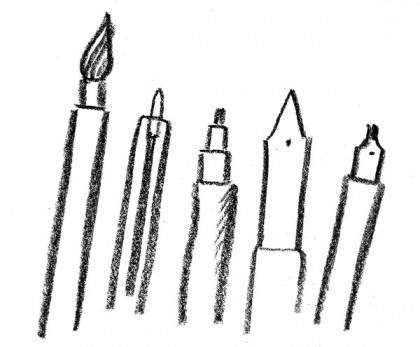
Pen & Ink
Pens produce clean lines, but they are often not erasable, so you have commit to the lines you create, and may take longer (more confidence) to master. You’ll also need to employ different shading techniques because they don’t blend as easily. They’re preferred for technical and architectural drawings too.
1. Ballpoint pens are cheap and very common, and work well on napkins.
2. Fineliner/fiber-tip and markers are better quality and come in several sizes (eg. fine, medium, broad), giving you thin or thicker lines. These are ideal for stippling (shading with repeated small dots) or cross-hatching (shading by drawing a series or parallel or crossing lines).
3. Ink can be used with brushes, bamboo, straws, sticks, and other drawing tools, giving you a variety of results, so definitely experiment with them. More care is necessary with ink as you can spill it, or stain yourself or clothing.
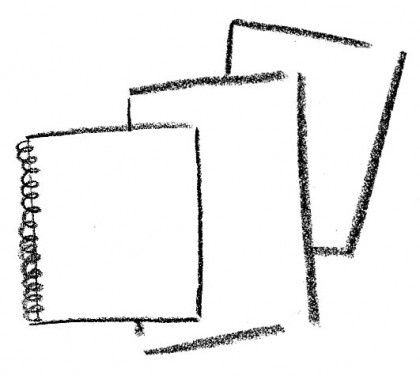
Paper
Drawing paper comes in varying weights and quality, and it’s nice to have a variety in your kit.
1. For quick, loose gesture drawing and sketching, I use newsprint, which comes in different-sized pads. It’s cheaper, and not archival quality, and comes in a smooth or rough texture. Either is fine, but the pencil glides more easily on the smoother grade.
2. Sketchbooks are usually medium weight and quality, are fairly inexpensive, and are great for everyday drawing.
3. If you want to use ink, watercolor, Conté crayons or pastels, consider buying the better quality paper that is usually textured and made for that purpose. They may be pricier, but they’re archival, and you’ll likely create something that is worth saving.
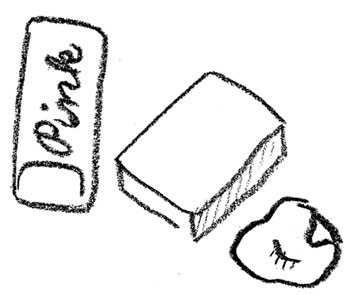
Erasers
When you’re ready to upgrade from the one conveniently located at the end of your No. 2 pencil, here’s a few to try:
1. Kneaded or putty erasers—malleable as their name implies—are great because you can shape them to a fine point if necessary to rub out a detail, or fold them into themselves in order to find a “clean” side. You can even use them to blend, soften lines, and shading. I highly recommend having one (or more) of these in your kit.
2. Iconic “Pink Pearl” erasers, commonly found in stationery stores and schools, have been around for decades. They are usually found on the tip of yellow pencils, and will leave residue.
3. White vinyl erasers (eg. Staedtler Mars plastic) can be used to erase technical pens, but are now commonly found everywhere. I find that they often smudge the graphite a bit before erasing clean, but leave less residue.
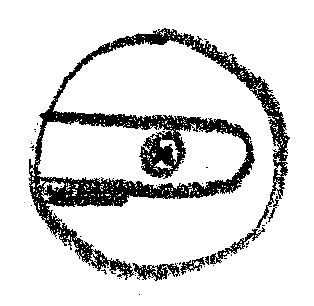
Sharpener
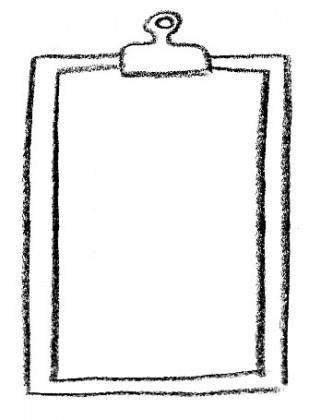
Clipboard
Consider purchasing a clipboard or easel. They’re portable desks and help position your drawing paper at an angle—more preferable to a flat desk position.

A note about my favorite drawing implement: a Sharpie China Marker. Not really a marker, but a grease pencil. They are typically used to write on film, or marking negatives, and feel very similar to drawing with a wax crayon. I started using one when I created spot illustrations for a book I was designing, and now use them for all the drawings you see on Kid Can Doodle. They are self-sharpening, soft, and rich in color. I like the roughness of the line, which is more forgiving than a marker. You can see more of my China Marker doodles here.
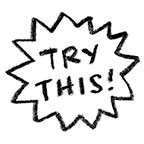 Go outside in your backyard, or to the nearby park and see if there are pigeons, crows, or squirrels to draw. Often there may be people walking their dogs, and they make terrific models too. Hope this inspires you to draw from your life too!
Go outside in your backyard, or to the nearby park and see if there are pigeons, crows, or squirrels to draw. Often there may be people walking their dogs, and they make terrific models too. Hope this inspires you to draw from your life too!